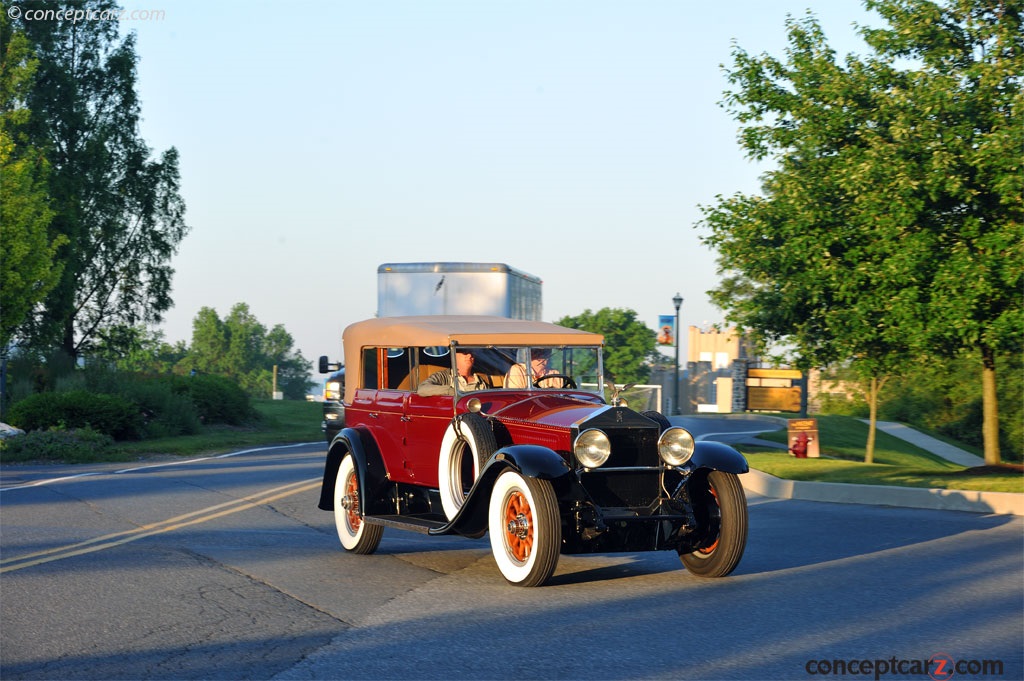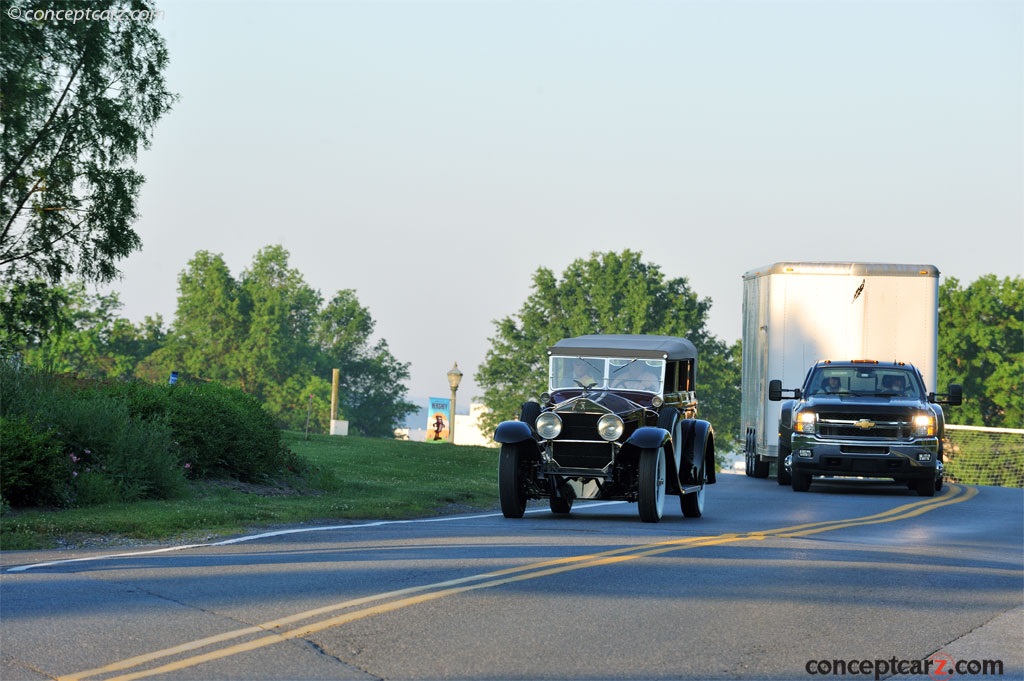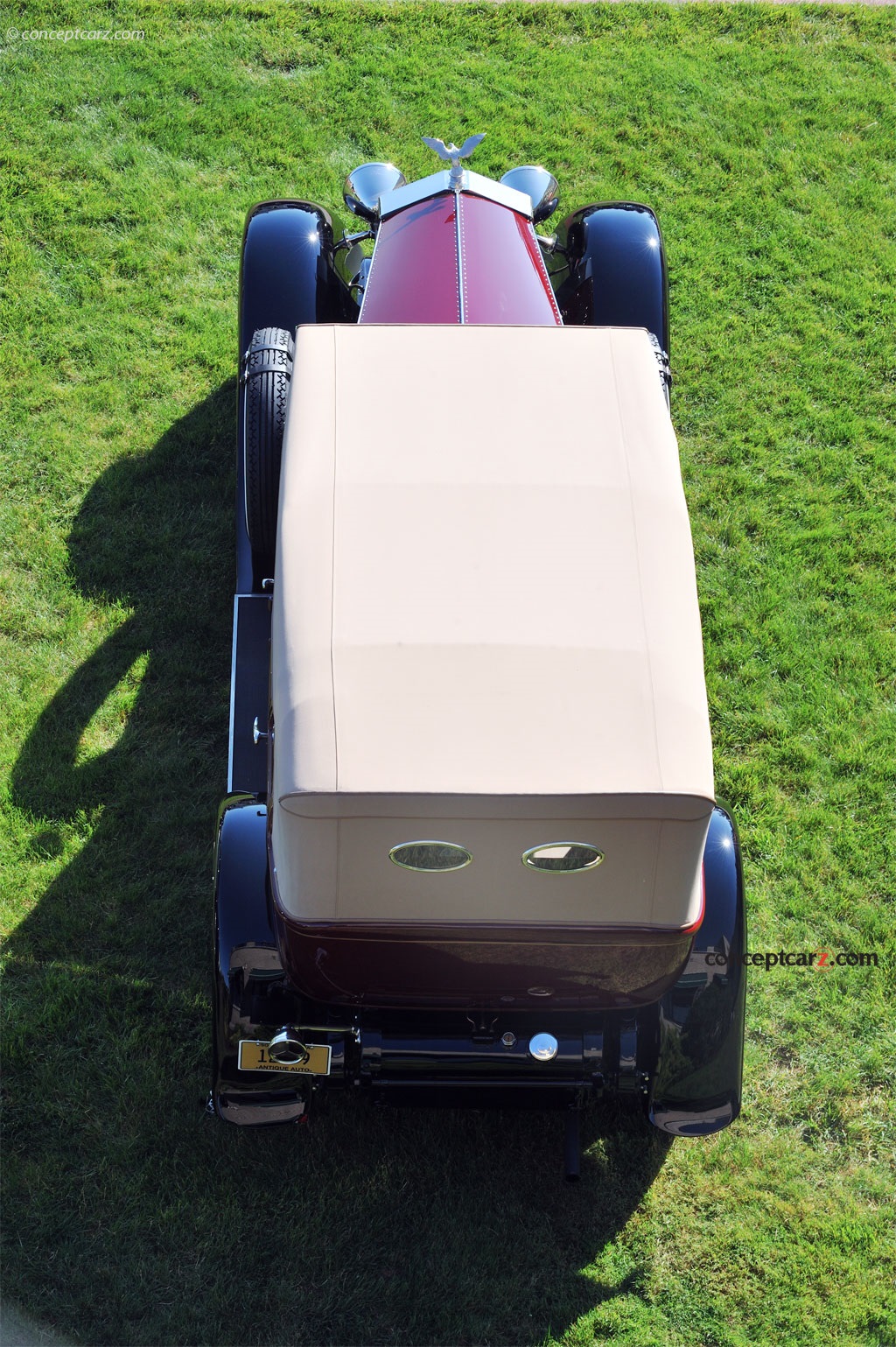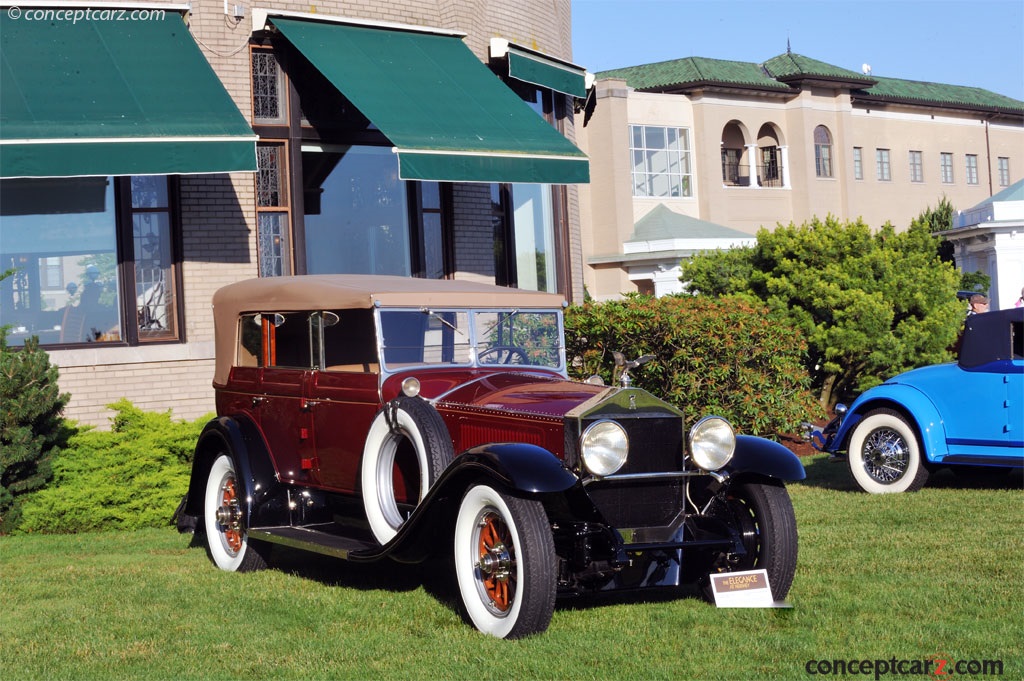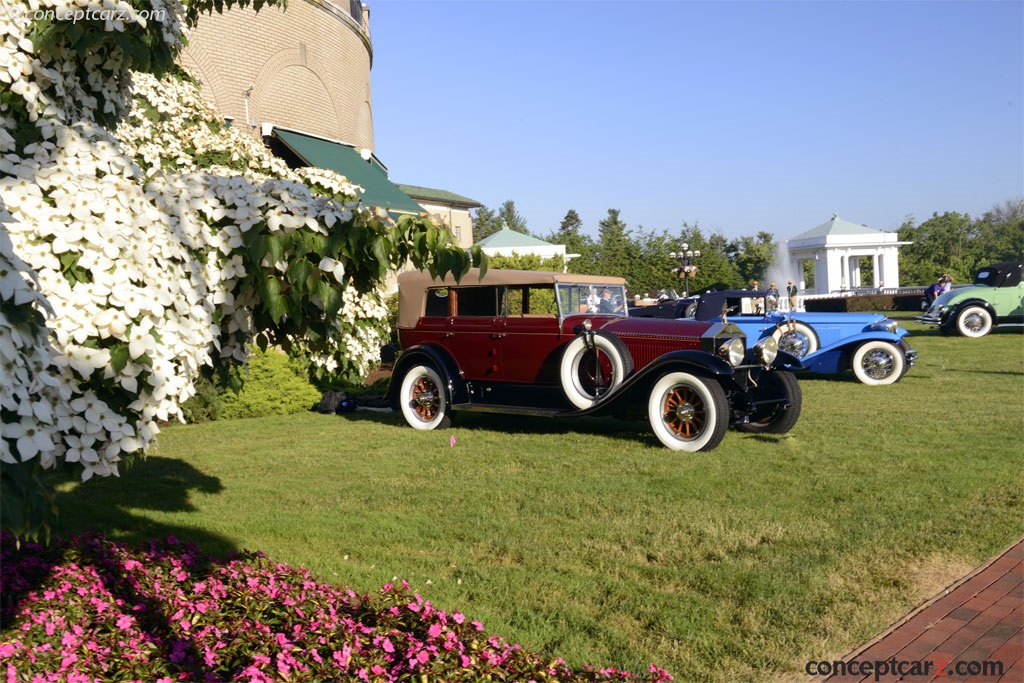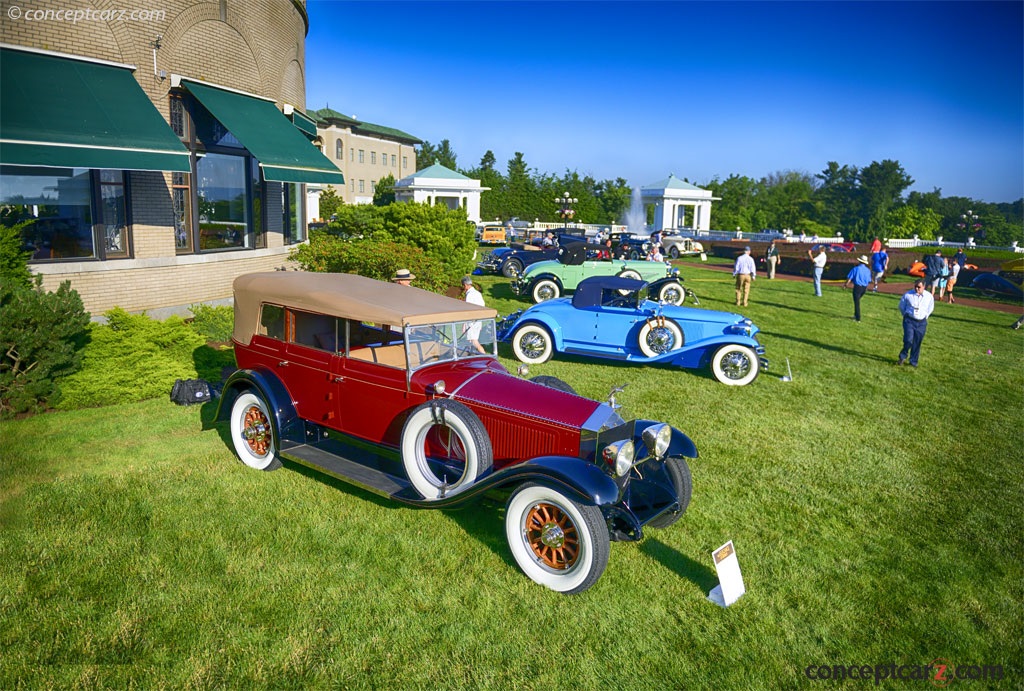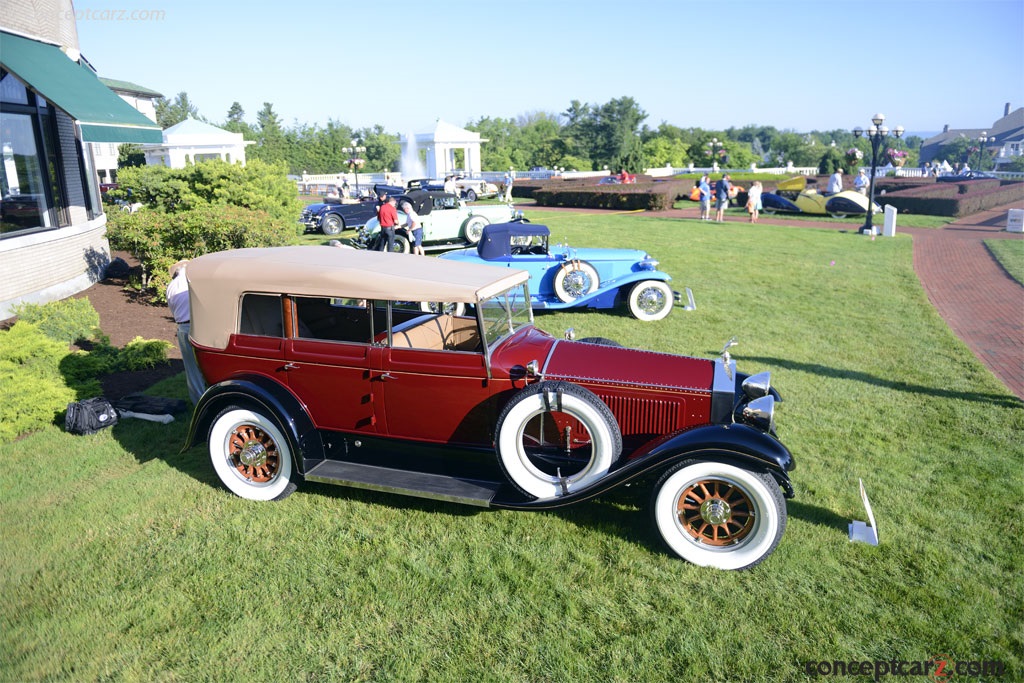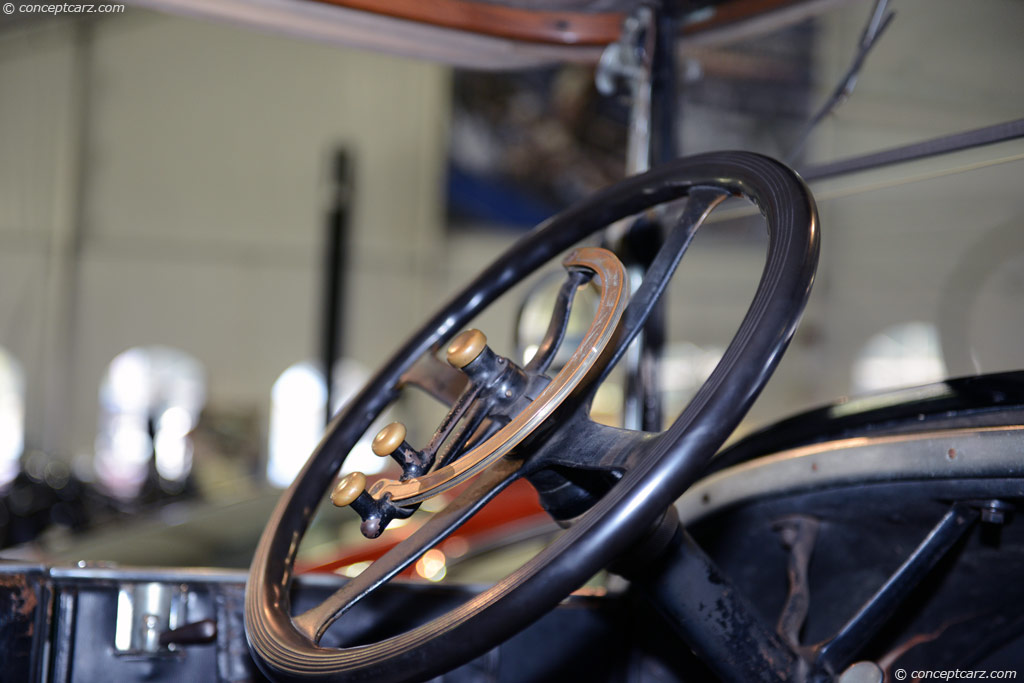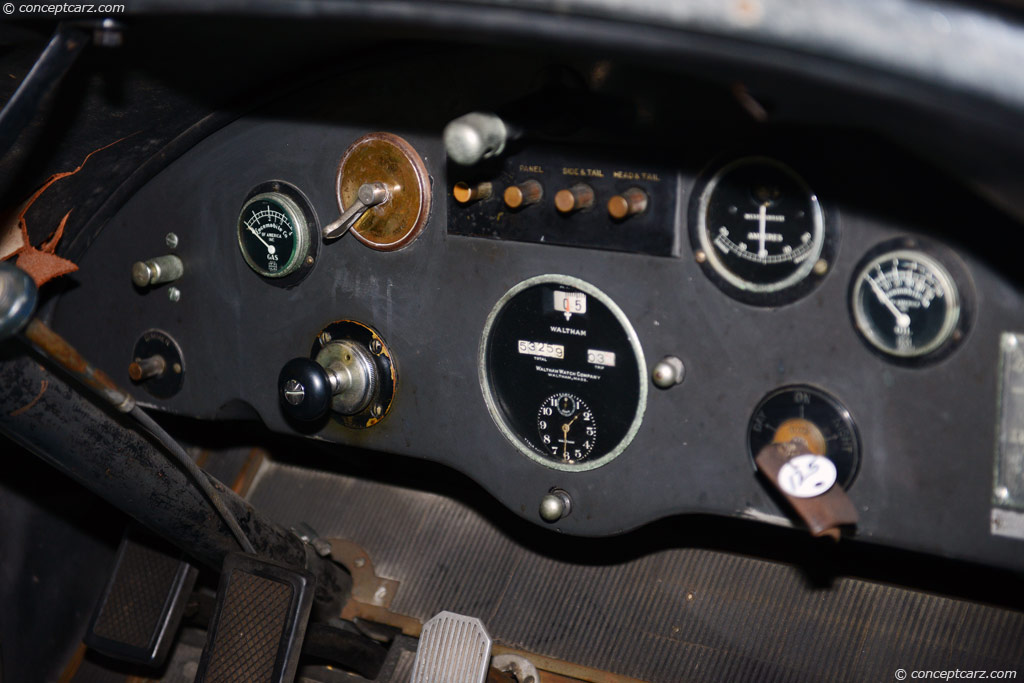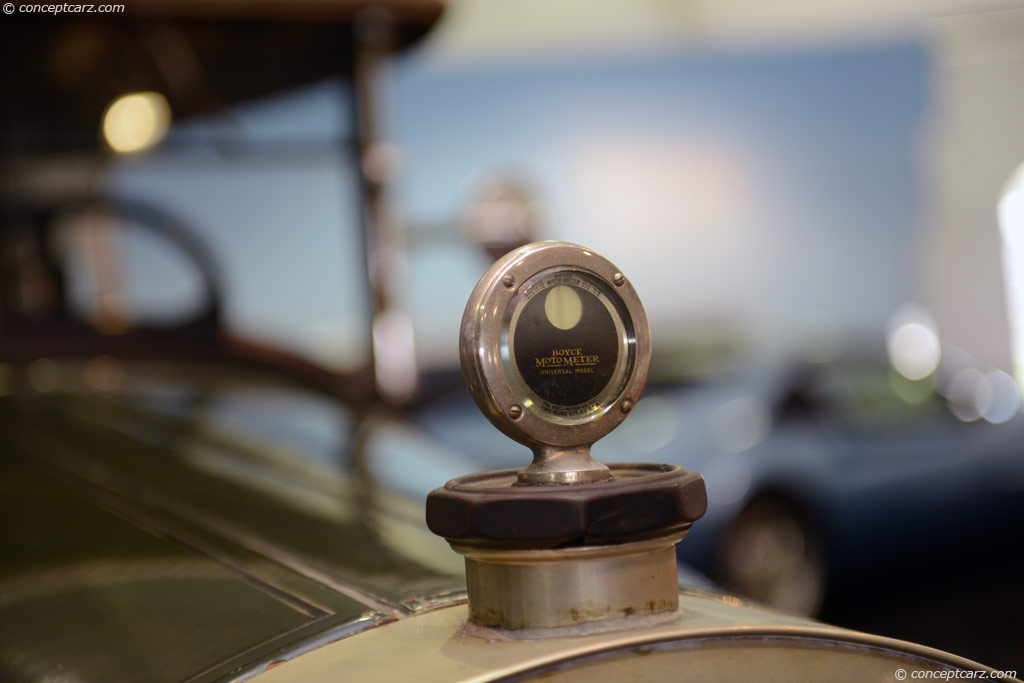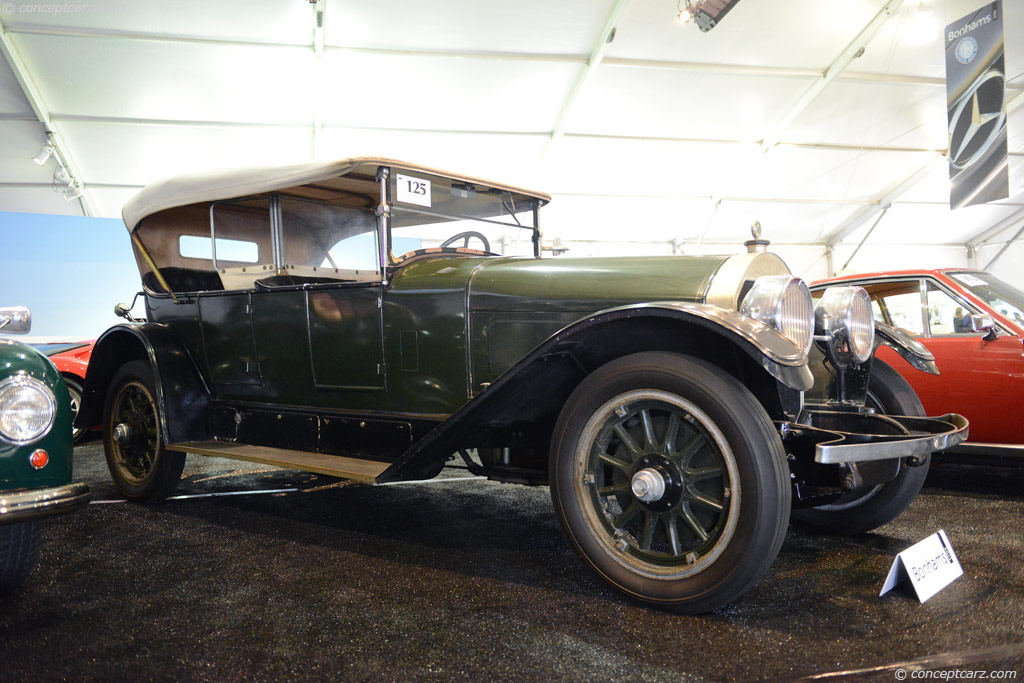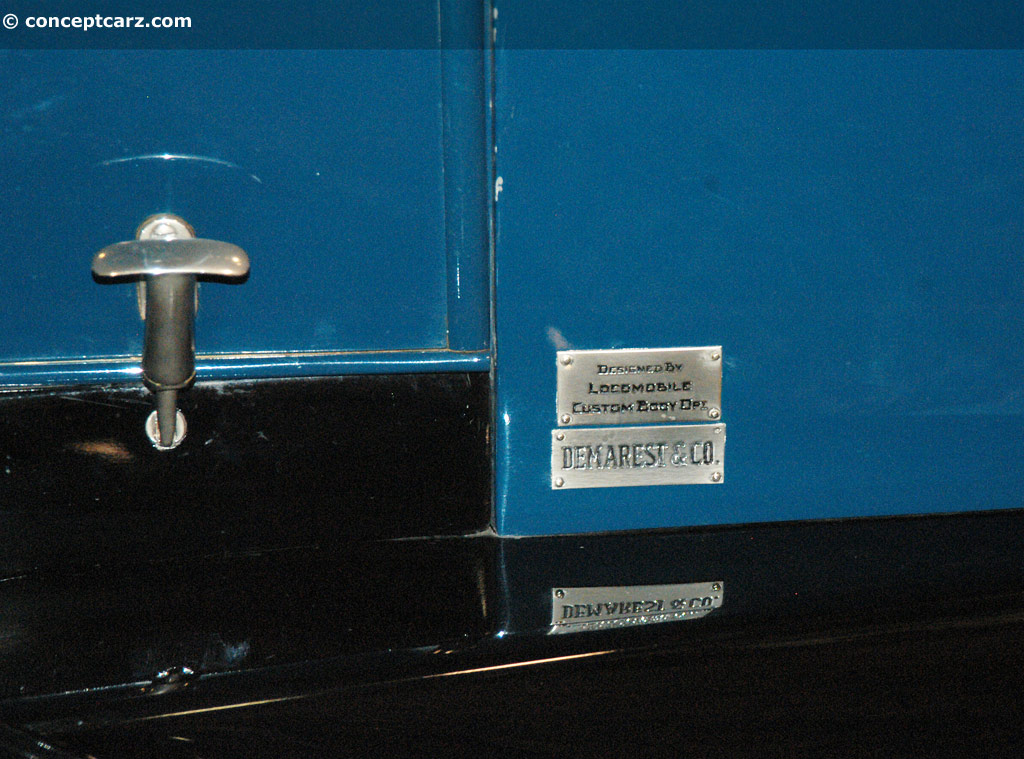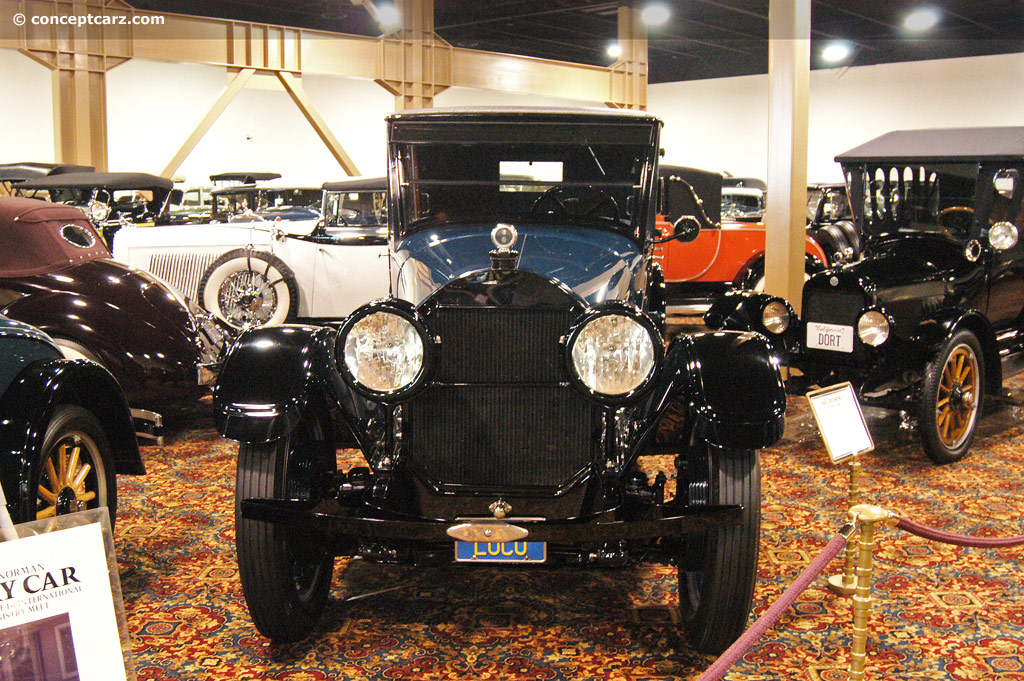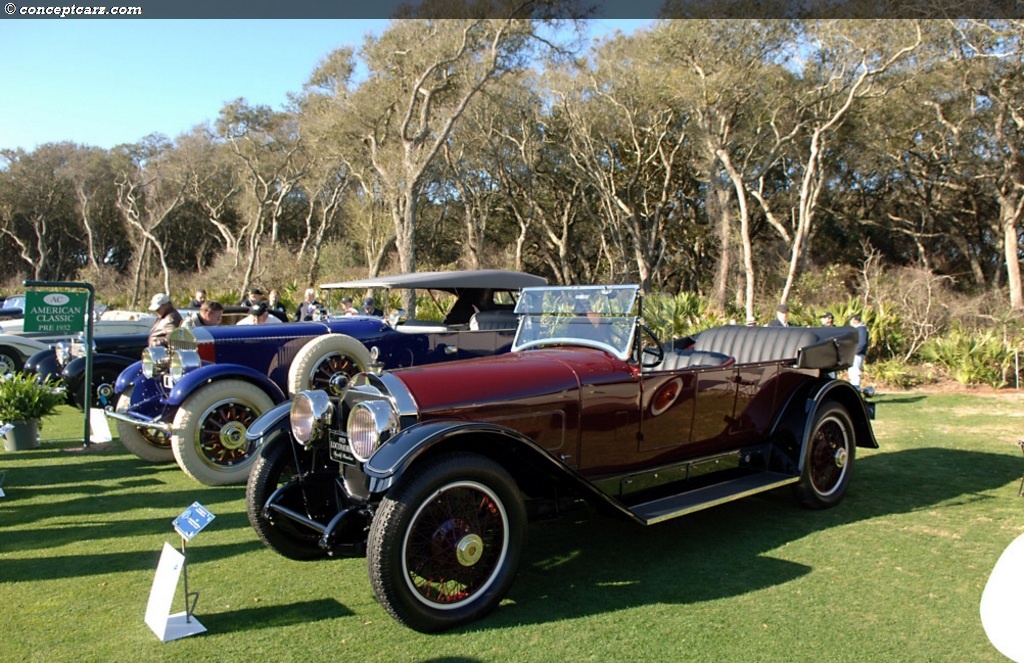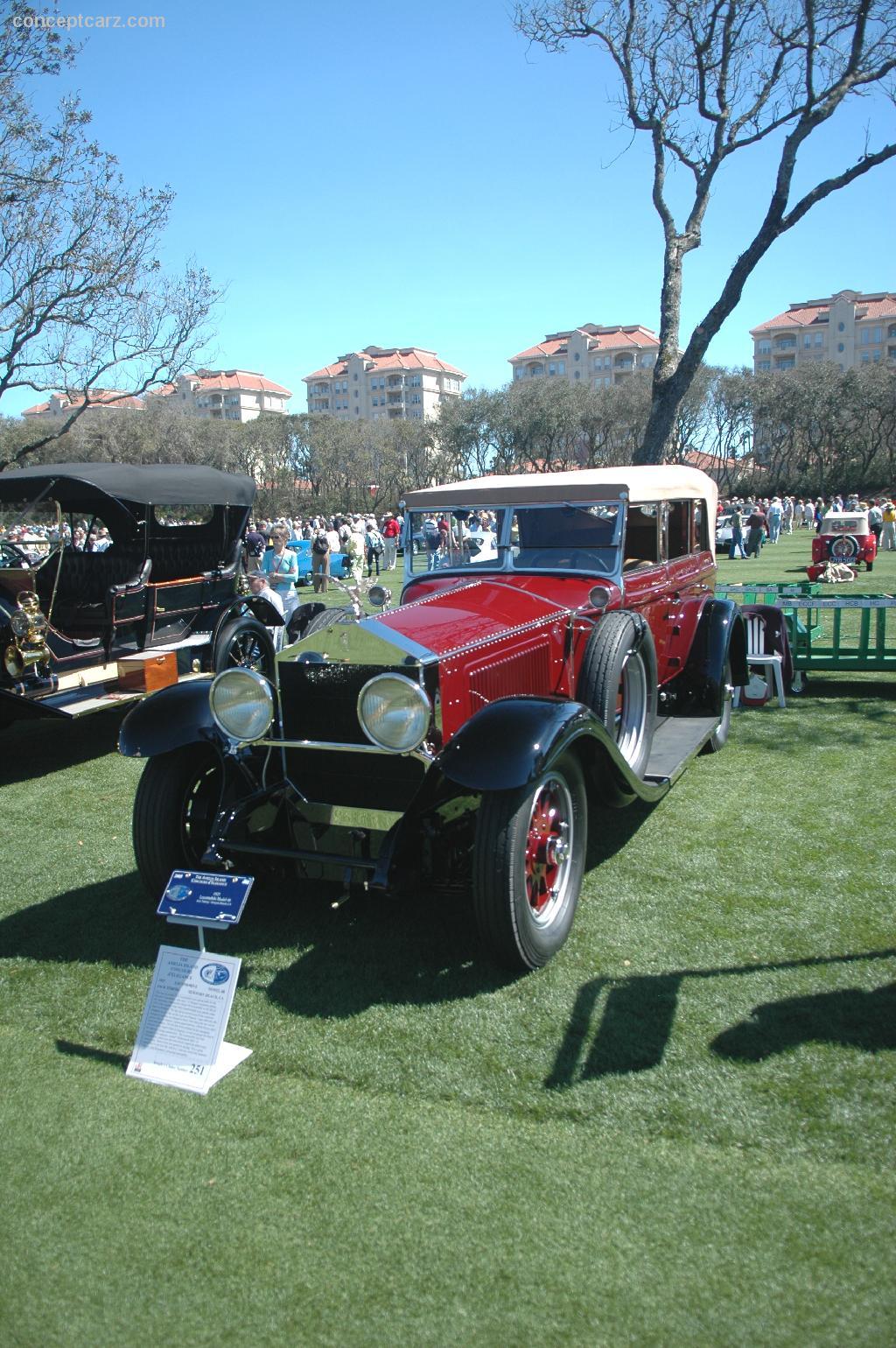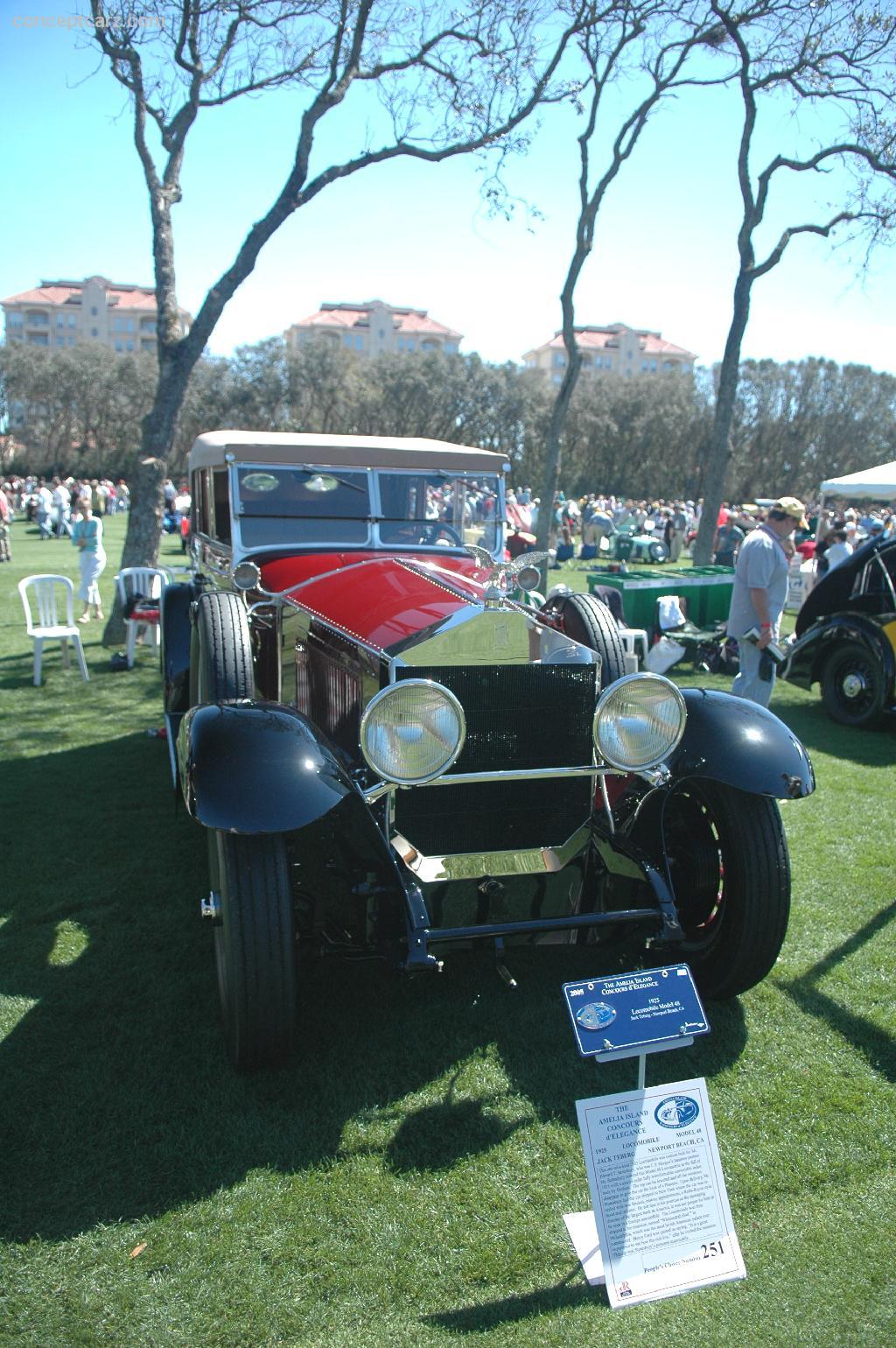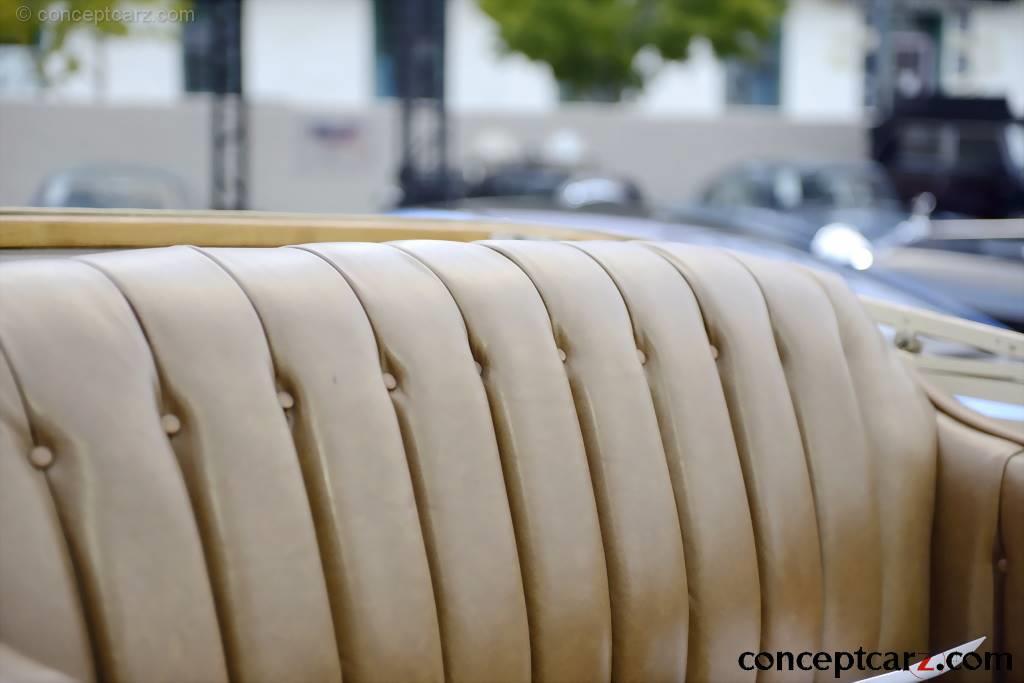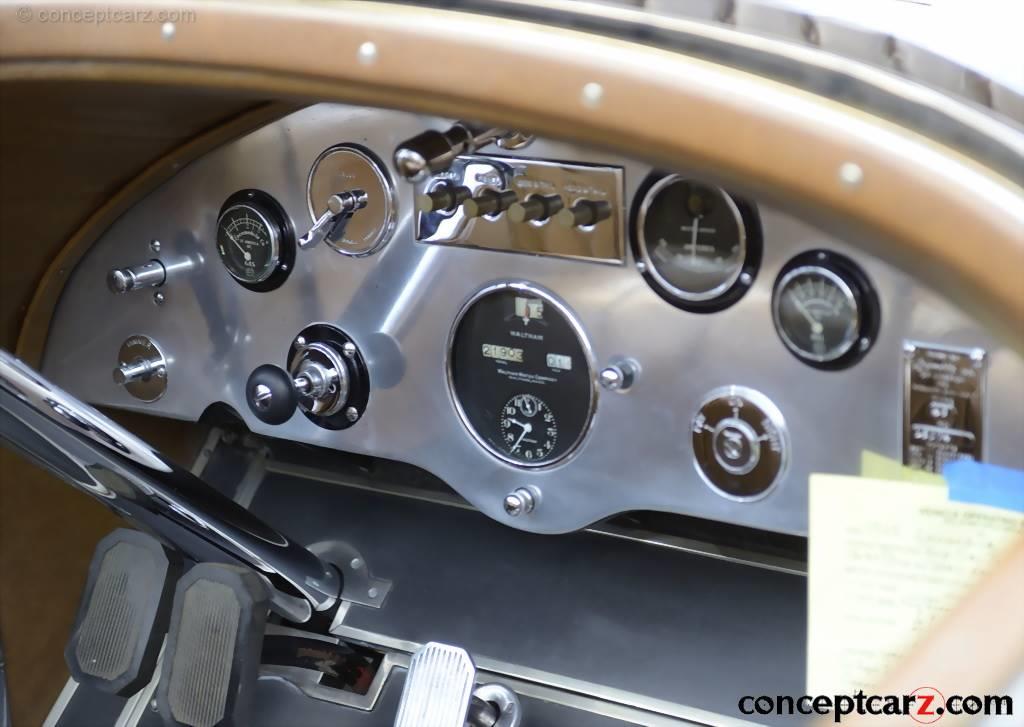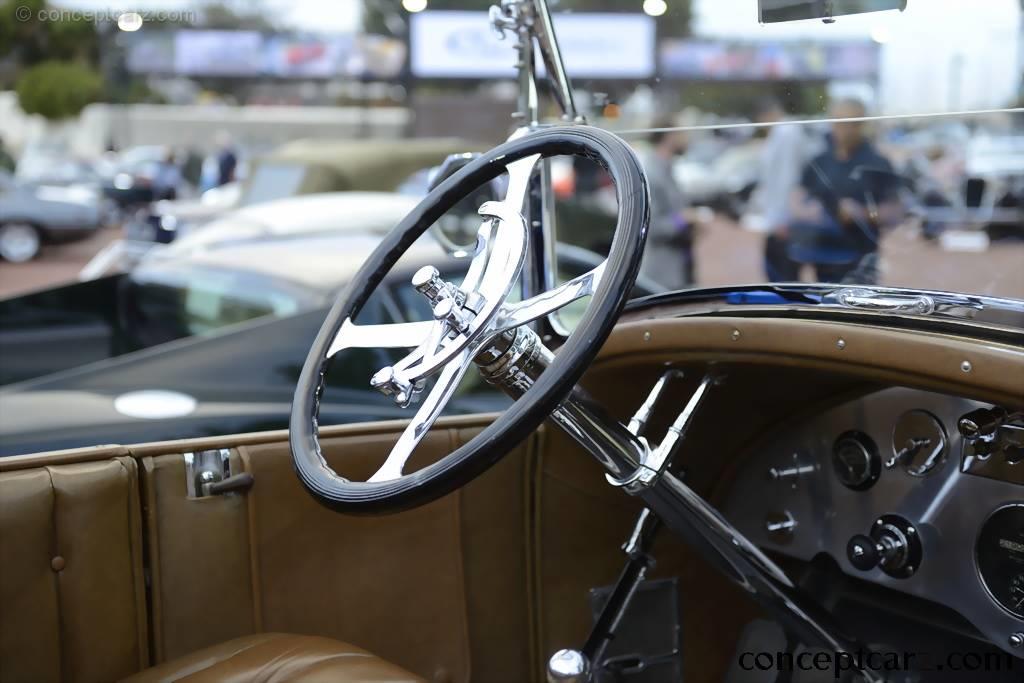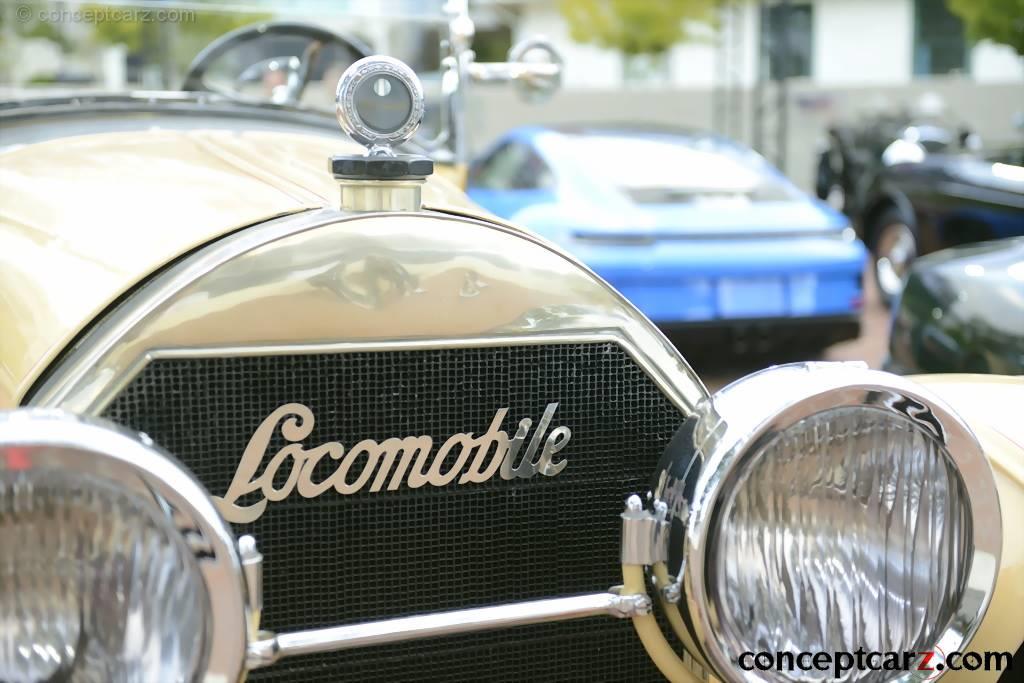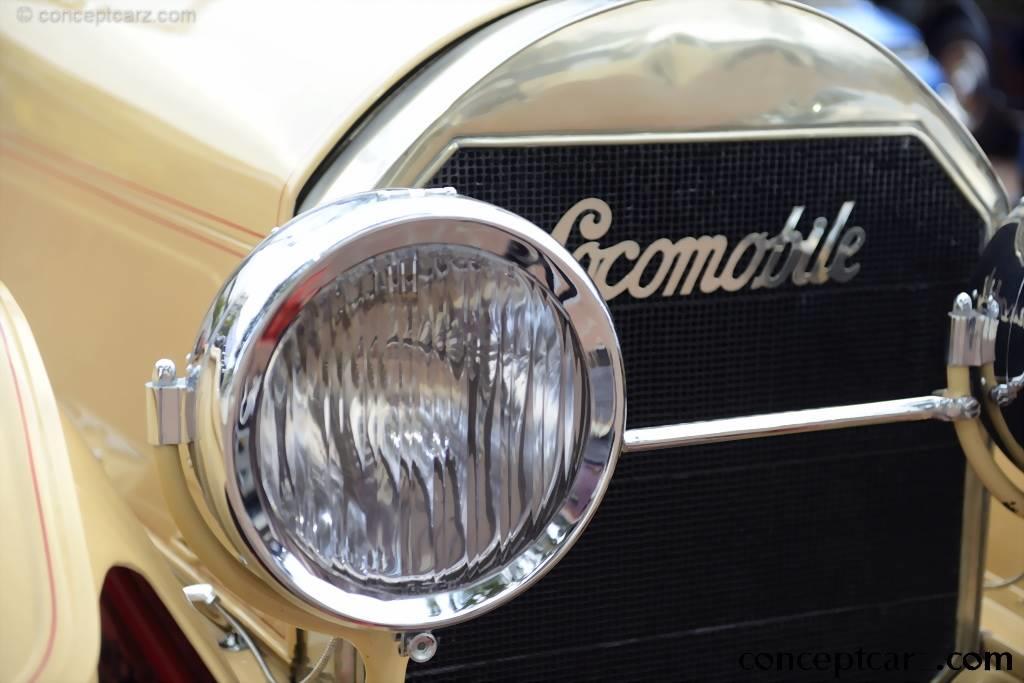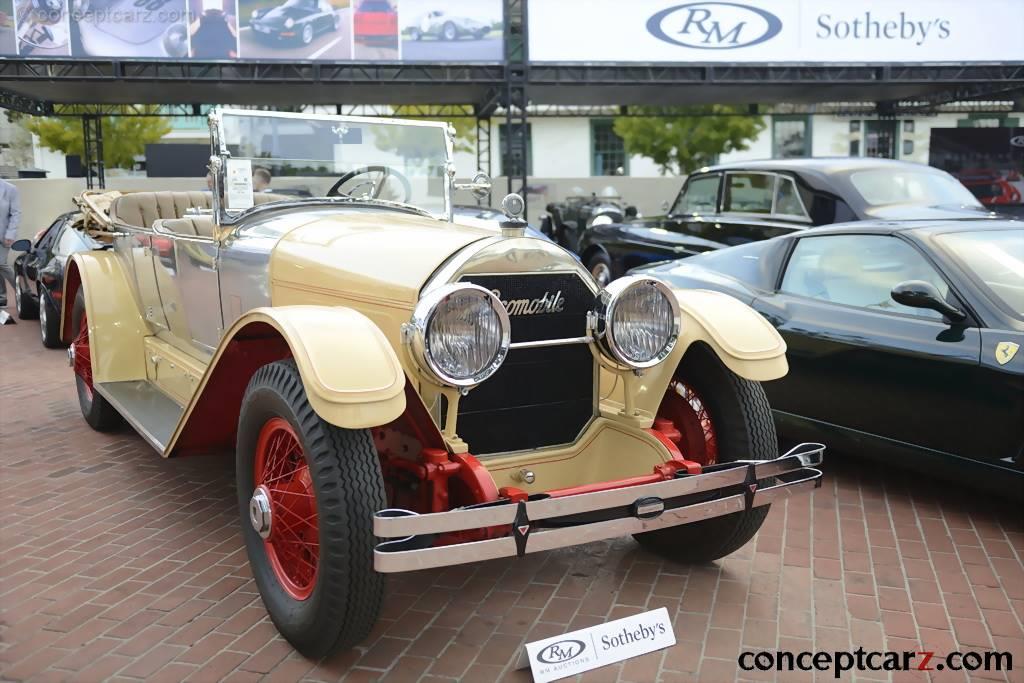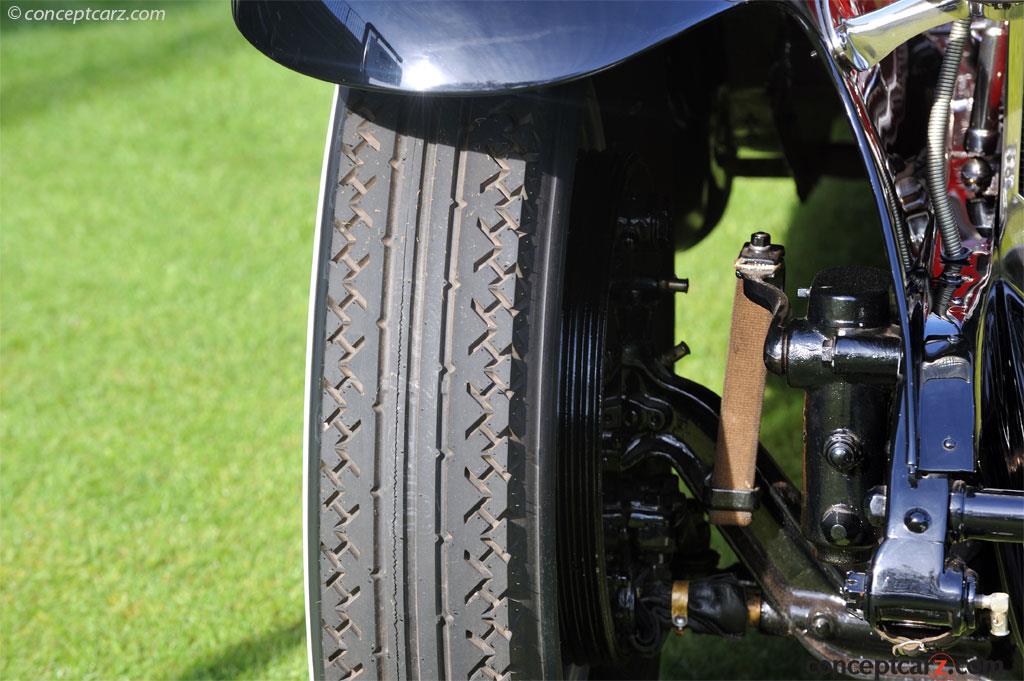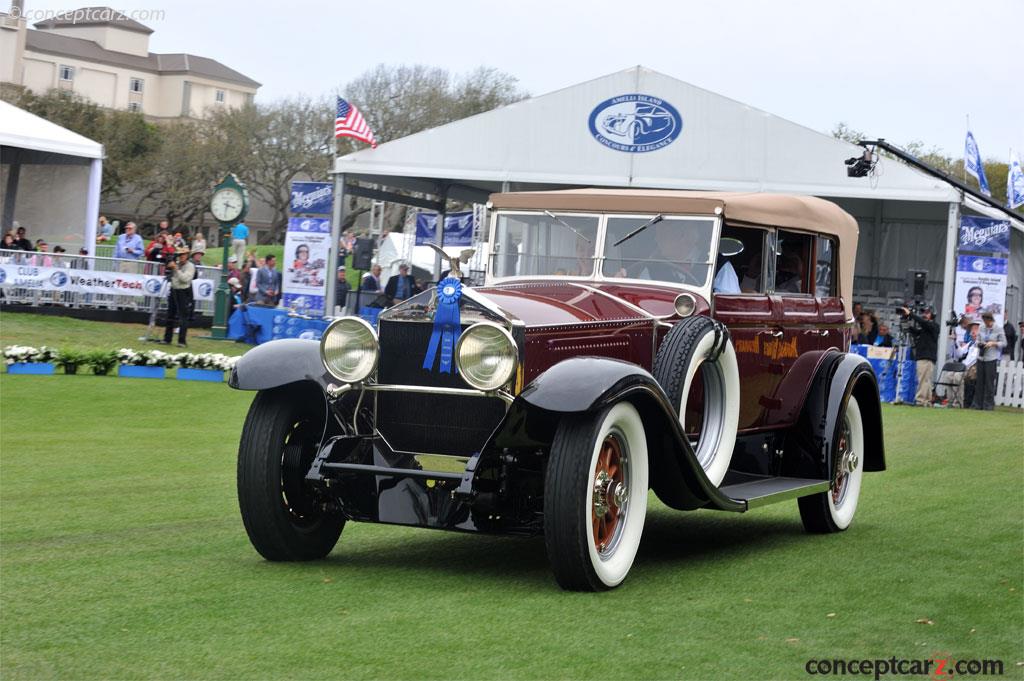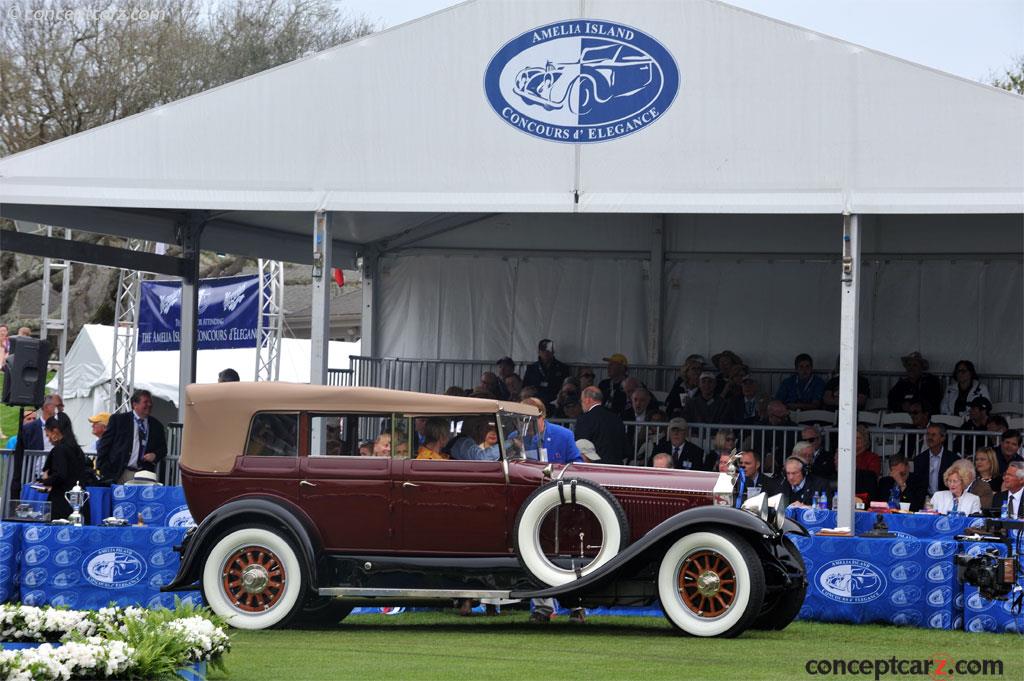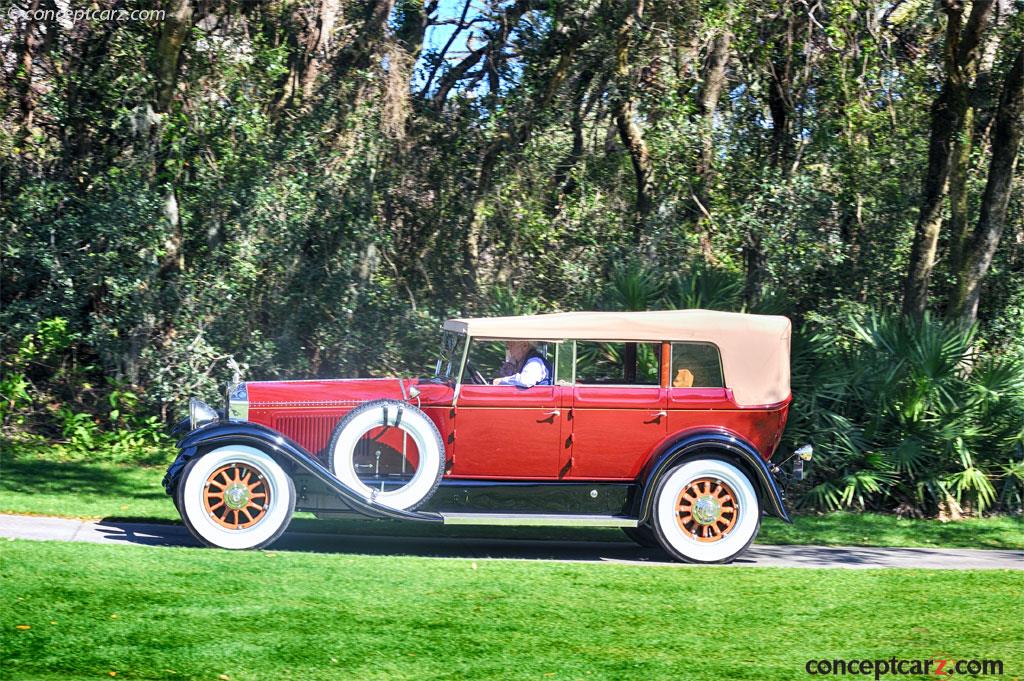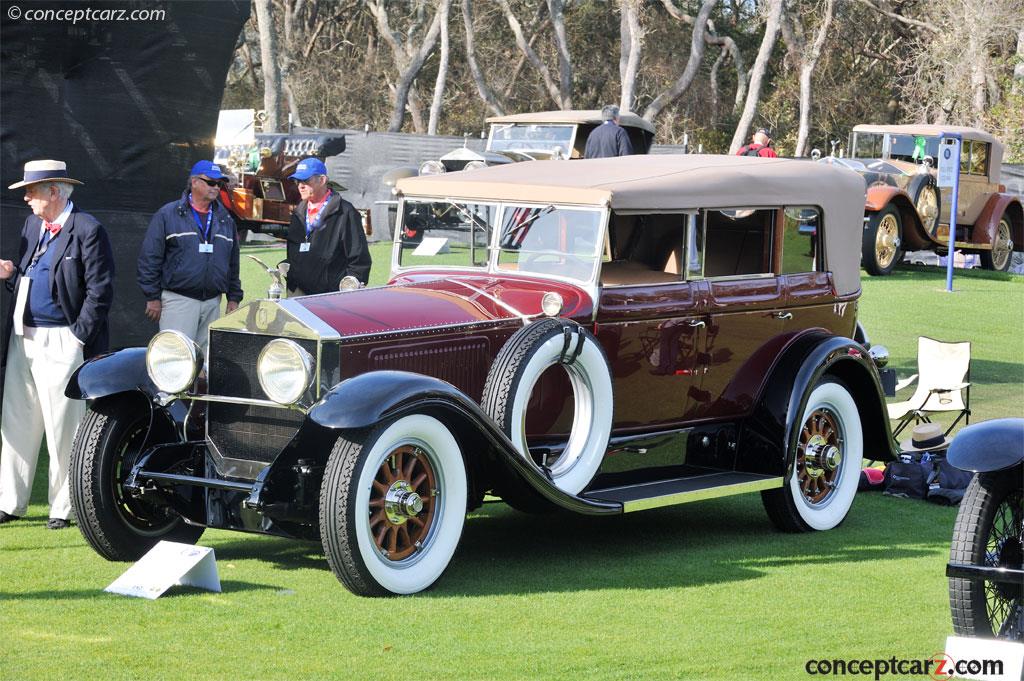The first Locomobile was introduced in 1899 and based on a Stanley brother’s design. John Brisbane Walker, editor and publisher of Cosmopolitan magazine and partner Amzi Lorenzo Barber had acquired the rights to the Stanley automobile and the early vehicles they produced were light steam buggies. Soon after Locomboile production commenced, Walker left the company with the right to the Stanley patents but no factory. He acquired a factory site near Tarrytown, New York, and hired McKim, Mead & White to design a purpose-built automobile factory. With advertisements claiming it to be the largest automobile factory in the world, the new factory at Kingsland Point produced its first Mobile Steam carriage on March 7th of 1900. Over the next three years, the Mobile Company of America produced approximately 600 steam runabouts while the Locomobile Company (which shared the patent rights and produced its vehicles at the Stanley Watertown factory) produced approximately 5,000 runabouts. Production at the Mobile Company of America ended early in 1903 and the plant was leased to Maxwell-Briscoe.
At one point, Locomoible would be the largest producer of automobiles in the United States. The company’s mindset would change, however, from quantity to quality. As time went on, the Locomobile Company began to describe itself as ‘The Uncommon Car’ and would embrace a policy that would significantly reduce production and ‘concentrate on a few fine cars, not more than four cars a day.’ With the firm’s introduction of the Model 48 in 1911, they described it as ‘The Exclusive Car for Exclusive People.’ The slogan endured up until the company stopped producing automobiles in 1929.
Andrew Lawrence Riker
Mr. Riker experimented with electric vehicles in 1884, and four years later, he formed the Riker Electric Motor Company, followed by the Riker Motor Vehicle Company a year later. In 1901, the Elizabeth, New Jersey-based company was absorbed by the Electric Vehicle Company.
In 1901, Mr. Riker designed a two-cylinder gasoline motorcar that produced 8 horsepower, along with a 16-horsepower 4-cylinder car which he offered to the Electric Vehicle Company. Not wanting to stray from its namesake, the company declined and continued to focus on electric vehicle production. Partnering with the Overman Company, Mr. Riker produced the gasoline cars in Chicopee Falls, Ct. By 1902, they had merged with the Locomobile Company of Bridgeport, Connecticut, where Mr. Riker would design the company’s first gasoline-powered motorcar, and all subsequent models through 1917. In 1905, he became the co-founder of the Society of Automotive Engineers, where he served as president, along with an up-and-coming engineering talent named Henry Ford, who served as the society’s first vice president. By 1916 the Society of Automobile Engineers membership had grown to 1,800.
Mr. Riker’s engineering talents and his pursuit of perfection resulted in one of the finest-built automobiles in the United States. A Locomobile proved its durability and performance in 1908 by winning the Vanderbilt Cup. The car had been driven by a 23-year-old local individual named George Robertson from Garden City, New York. He became the first American to win the event while driving an American automobile. Joe Florida, in another Locomboile, placed third.
Locomobile Mode 48
The Locomobile Model 48 was designed by Andrew Riker and introduced in 1911 and would continue in production until the end of the marque’s existence. It was initially dubbed the Model ‘M’ but later rechristened the Model ’48’ for its taxable horsepower racing.
In keeping with the company’s reputation and endowed with engineering excellence by Mr. Riker, the Model 48 was large, luxurious, durable, powerful, and exclusive. There were no shortcuts taken in the materials, construction methods, or finishes, and where appropriate, lightweight materials were favored, while other applications favored strength and durability.
From 1911 through 1918, the Locomobile Model 48 was complimented by another six-cylinder model dubbed the Model 38. This companion model produced slightly less horsepower, resided on a smaller wheelbase, and was priced approximately $500- $1,000 less (depending on coachwork). After 1918, the Model 48 became the sole product built by Locomobile through 1924. After coming under the control of Durant Motors, the company attempted to stimulate sales by introducing a much lower-priced model named the Junior 8 (8-66). For 1925, the Model 48 rested on a 142-inch wheelbase while the Junior 8 used a 124-inch platform. Prices on the Model 48 ranged from $7,400 to $10,250, while the Junior 8 listed for $1,800 to $2,300. The eight-cylinder engine of the Junior 8 produced 66 horsepower compared to the 103 horsepower produced by the 6-cylinder Model 48. An even smaller Junior Six was introduced in 1926, but this would be the only year it was produced. The larger Model 90 arrived the same year and would be produced until 1929. The 8-80 of 1927 was another eight-cylinder car using an off-the-shelf Lycoming engine.
During Locomobile’s final year of existence, 1929, its model lineup included the eight-cylinder Model 88 (8-88) on a 130-inch wheelbase, the six-cylinder Model 90 on a 138-inch platform, and the six-cylinder Model 48 on a 142-inch platform.
The Model 48 Chassis
The generous 135-inch wheelbase size would change over the years, growing to 143 inches before shrinking slightly to 142 inches. Both right- and left-hand drive were initially offered, with the right-hand drive receiving a 136-inch wheelbase and the left-drive on a 140-inch platform.
The chassis members were pressed from chrome-nickel steel, then heat-treated and hot-riveted together. The suspension was comprised of chrome-nickel-tungsten steel leaf springs and a floating rear axle.
Drum brakes were mounted at all four corners.
The Model 48 Engine
The six-cylinder engine powering the Locomobile Model 48 has a 4.5-inch bore and a 5.5-inch stroke. It used iron T-head cylinders that were cast in pairs and fitted with a bronze crankcase with a drop-forged alloy steel crankshaft riding in seven main bearings. There was a bronze-bodied carburetor, an aluminum intake manifold, a manganese bronze gearbox casing, and chrome-cobalt steel exhaust valves. The dual ignition was ignited via a coil and battery ignition through a pair of 6-cylinder distributors.
While most of Locomobile’s competition settled on a three-forward speed transmission, the unit in the Locomobile was a 4-speed transmission.
The Model 48 Bodies
Locomobiles wore a variety of stately bodies that included Berlines, Limousines, Landaulet, and Touring in both open and closed configurations. Most Locomobiles were touring cars and limousines, while a few wore sportier roadster and speedster bodies. J. Frank de Causse of the French coachbuilder Kellne et ses Fils was commissioned to design a new four-passenger phaeton for Locomobile in 1911. This design would become known as the 48 Sportif. De Kausse’s work with Locomobile would result to him being offered the head of a design department within the company, one of the very first to have such a department.
Post World War I Receession
Like many other manufacturers, Locomobile stumbled during the early Twenties due to the post-WWI recession and the plethora of military trucks which came on the market after the war, decimating the sales of its Riker truck line. Emlen S. Hare took the opportunity to gain control of Locomobile, as did the Mercer Motor Company of Trenton, NJ, in January of 1920, and absorbed the assets of the Simplex Automobile Company. Hare’s Motors did not last long, though, and in July 1921, they announced it would be dissolved, and the separate units would reorganize as individual companies. Locomobile was acquired in July 1922 by Durant Motors, which continued using the Locomobile brand until 1929.
